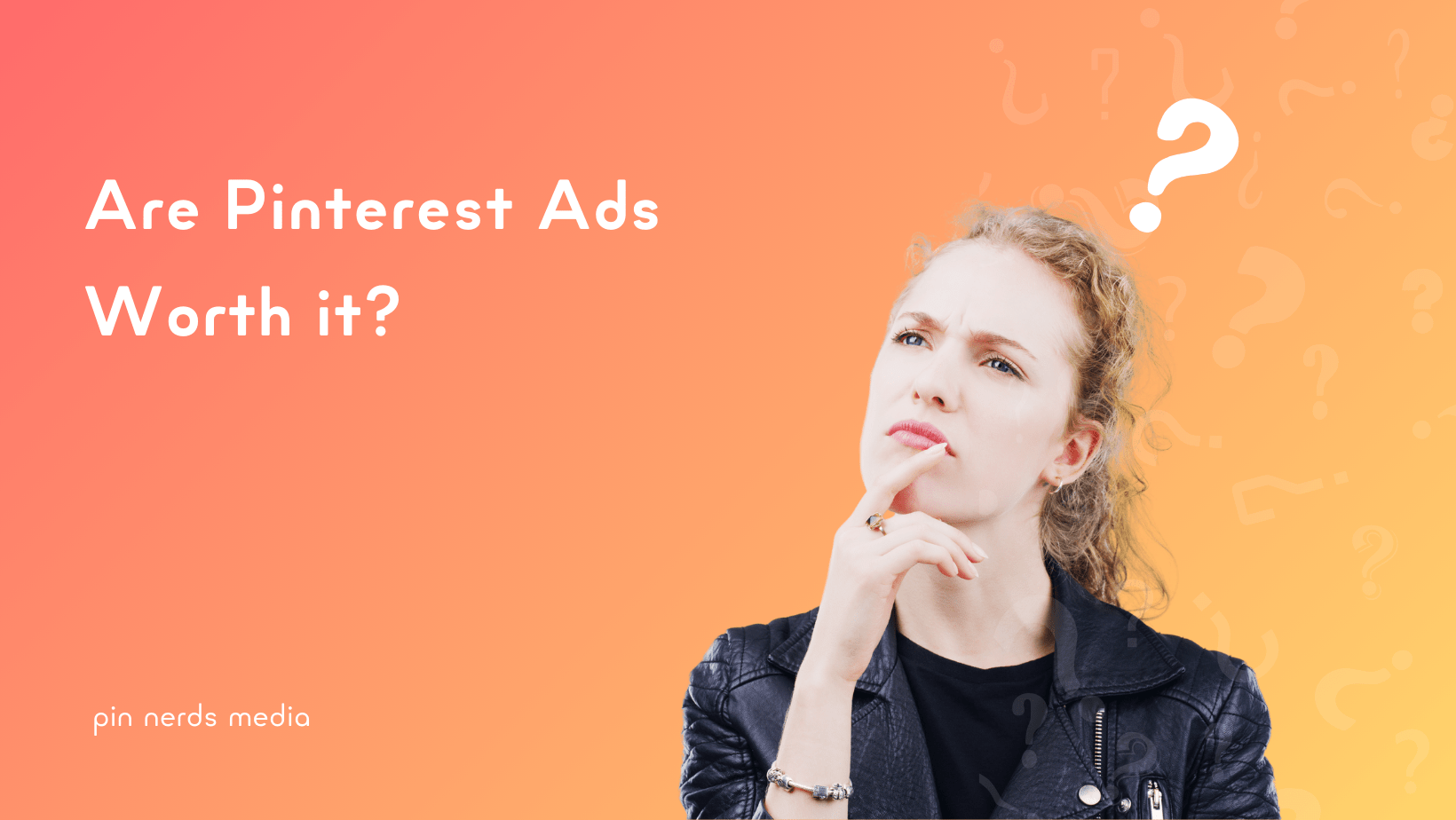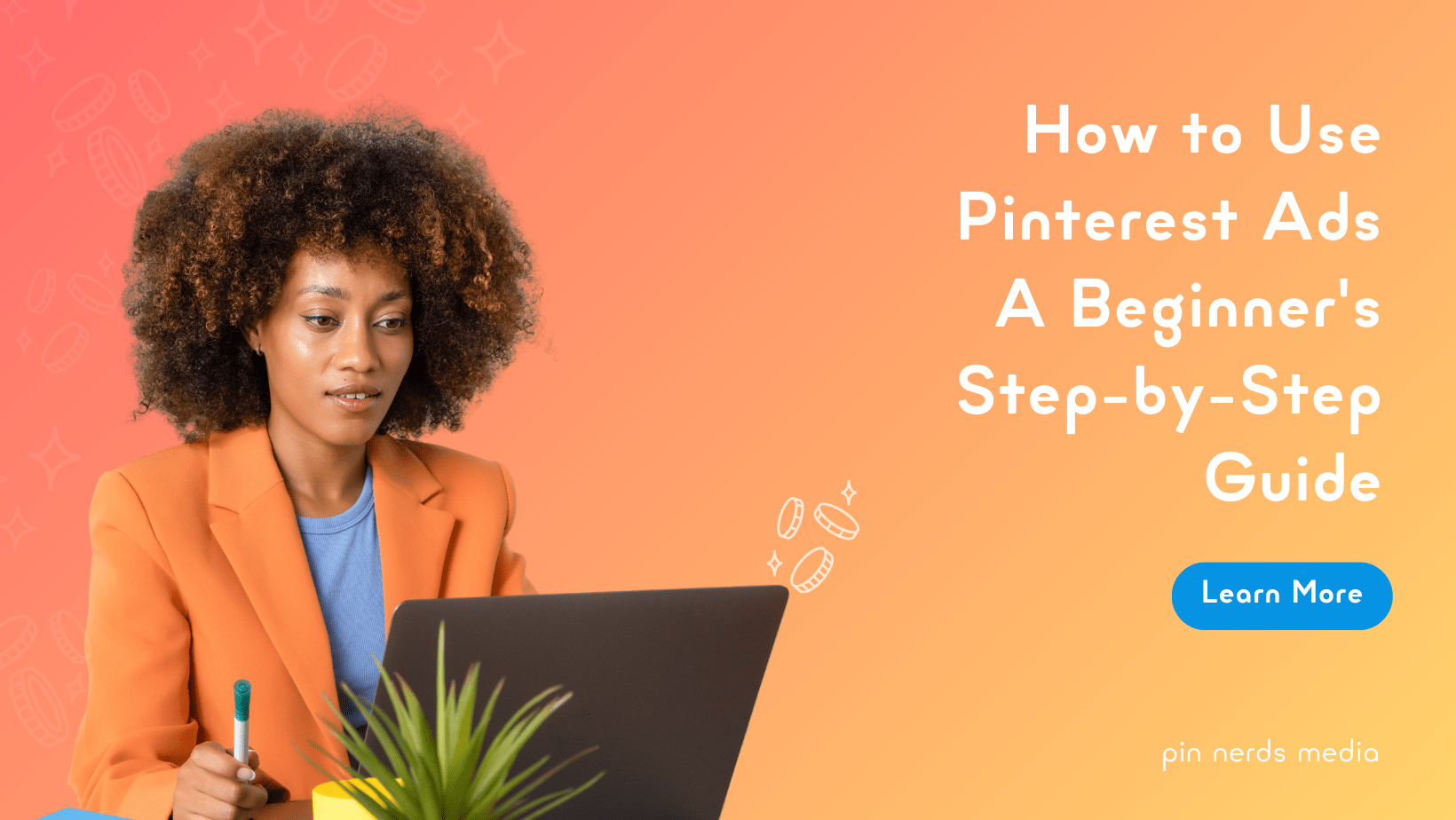This site features affiliate links that may earn us a commission at no extra cost to you if you decide to purchase through them. These commissions help us bring more valuable content to you. For more information, please see our full disclosure for more info.
Deciding between Pinterest Ads or Pinterest Organic isn’t always straightforward. The right move depends on your timeline, your budget, and where your business stands right now.
Both paths can lead to growth, but they work differently, and knowing what to expect from each can save you time, money, and frustration.
Understanding the Pinterest Mindset
Pinterest isn’t built like other platforms. People don’t scroll here just to pass the time. They’re planning. Whether it’s shopping for holiday gifts, remodeling a kitchen, or finding the perfect skincare routine, most users already know what they’re looking for.
That’s what makes Pinterest different. It’s not social media – it’s a search engine with strong buying intent. Over 85% of users have bought something after seeing a brand’s pin. It’s built to drive action.
How Pinterest Organic Works
Organic Pinterest growth is about consistency and quality. Think of your profile as a storefront. Keywords matter – from your bio and board titles down to pin descriptions. Everything needs to match what your audience is already searching for.
The setup takes time. Keyword research should guide your board strategy. You’ll want around 10 to 20 well-organized boards with descriptions that feel natural and include long-tail keywords.
Pin designs need to be clear, clean, and on-brand. Descriptions under each pin should tell Pinterest what the content is about and match user searches.
This isn’t a fast strategy. Pins might take 3 – 6 months before they pick up traction. But once they rank, they can keep driving traffic for years without any extra effort. That long-term value makes organic a smart option for smaller budgets or brands focused on slow, steady growth.
Related Article: Pinterest Best Practices: How to Optimize Your Strategy
What Makes Pinterest Ads Stand Out
Pinterest Ads are built for speed. Promoted pins give your content a push and put it in front of people searching for what you offer. Even better, targeting on Pinterest is sharp. You can reach users by keyword, interest, device, or past behavior like visiting your website.
Campaigns usually take about two weeks to get through the learning phase. After a full month, you’ll know whether people are adding to the cart or converting. Some stores see quick wins, others need more testing, but the data gives clear direction. That’s one of the biggest strengths of paid campaigns.
It doesn’t take a big budget to start either. A daily ad spend of $10 – $20 can be enough to test audiences and formats. If something performs well, like a pin with a high click-through rate or strong engagement, you can scale that content into a bigger campaign.
Pinterest Ads also let you run full-funnel strategies. Use consideration campaigns for awareness, conversion campaigns for sales, and catalog ads to show real-time product info.
Brands have seen huge ROAS lifts just by pairing solid creative with the right campaign type.
Pinterest Ads vs Organic: What’s the Better First Step?
Paid campaigns give quick visibility. They help you test offers, collect data, and learn how people interact with your brand. For stores with experience in Facebook or TikTok ads, Pinterest is often a smooth next step.
Organic is better for the long game. It takes more effort upfront but costs less. Once your pins rank, they can drive traffic for years. Organic also helps build brand authority, especially in niches where customers research before buying, like furniture, beauty, or health.
If your store is less than three months old, Pinterest Ads won’t be available yet. That’s a good time to start building your organic presence. Focus on creating strong visuals, writing helpful descriptions, and understanding how Pinterest’s search algorithm works.
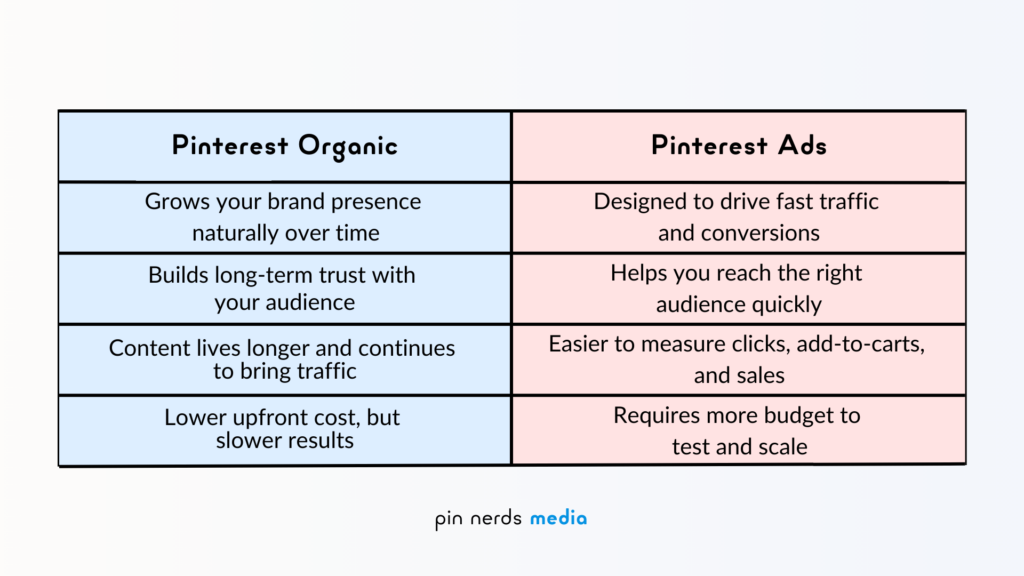
Related Article: Pinterest Ads vs Facebook Ads
How to Combine Both Strategies
Most brands get the best results when they use both. Start by building an organic foundation with keyword-rich boards and regular pinning. Once you’ve got some data, run ads based on your top-performing pins.
This combo builds trust while reaching new people faster. Ads drive traffic. Organic keeps it going. Together, they fill gaps in each other’s weaknesses.
Let’s say a pin from your holiday gift board starts getting saves and clicks. Instead of creating a new ad from scratch, boost that exact pin. Now you’re not guessing what might work, you already know.
Retargeting is also easier with both strategies in place. People who engage with your organic pins can be brought back with ads. That helps lower your cost per click and makes conversions more likely.
What to Track (and What to Ignore)
Vanity metrics like impressions can be misleading. They don’t always mean your content is working. Instead, focus on:
- Saves (these often mean someone wants to come back later)
- Click-through rate (CTR)
- Add-to-carts
- Conversions
- Return on ad spend (ROAS)
If organic traffic is climbing but sales aren’t, check your landing pages. For ads, compare how much you’re spending versus what you’re earning. Use Pinterest Analytics and Google Analytics together to get a full picture.
A strong ROAS for Pinterest Ads is around 4:1. That means for every $1 spent, you’re earning $4 in sales. But don’t panic if you’re not there yet. Many campaigns take time to dial in.
When Organic Makes the Most Sense
Organic works best when the budget is tight or when the focus is long-term growth. It’s also great for high-consideration products or industries where people need time to decide.
Brands that share guides, tips, and seasonal content often see strong performance from organic pins. Think how-tos, DIYs, and visual storytelling. Pins about fall decorating from 2024 still get clicks today because the topic keeps coming back around.
Keep posting consistently. Five to ten fresh pins a week is a solid pace. Use Pinterest’s Trends tool to see what’s gaining interest, and create pins around those searches. Descriptions should feel human but include searchable terms.
When Ads Are the Smarter Move
Running a limited-time sale? Launching a new product? Need faster results? Pinterest Ads will help you reach more people quickly.
Brands with a clear offer and audience already in mind get the most out of promoted pins. For example, a skincare line focused on anti-aging might target women 35+ searching for nighttime routines. With the right creative and targeting, results can come fast.
Even small tests can lead to insights. Some brands start with $10/day, find which messages stick, and then scale up. Better targeting means fewer wasted clicks and more sales.
According to Pinterest, their demographics also tend to have higher income. Nearly half of U.S. households earning $150K+ use the platform. That makes it a good fit for brands with higher ticket items.
Related Article: 8 Pinterest Advertising Tips to Grow Your Business Online
Final Thoughts
There’s no one size fits-all answer when choosing between Pinterest Ads or Pinterest Organic. Paid strategies give you speed and control. Organic builds trust and keeps working long after the work is done.
The best strategy usually blends both. Organic helps Pinterest learn who you are. Ads push that message further. Start with what fits your goals today, and adjust as your business grows.
If you’re ready to figure out which direction makes the most sense for your store, we can help build a Pinterest strategy that fits your timeline, budget, and goals, no guesswork required.
📌 Grab the Free Annual Pinterest Blueprint – A simple, step-by-step plan to help you sharpen your strategy and grow over time.
📌 Check Out Our Pinterest Resources – See the exact tools and methods we use to build strong results for our clients.
📌 Ready to Run Pinterest Ads That Work? – We’ll handle the setup, targeting, and optimization so you can get results without the guesswork.
Found this helpful? Save it to your Pinterest for later 👇
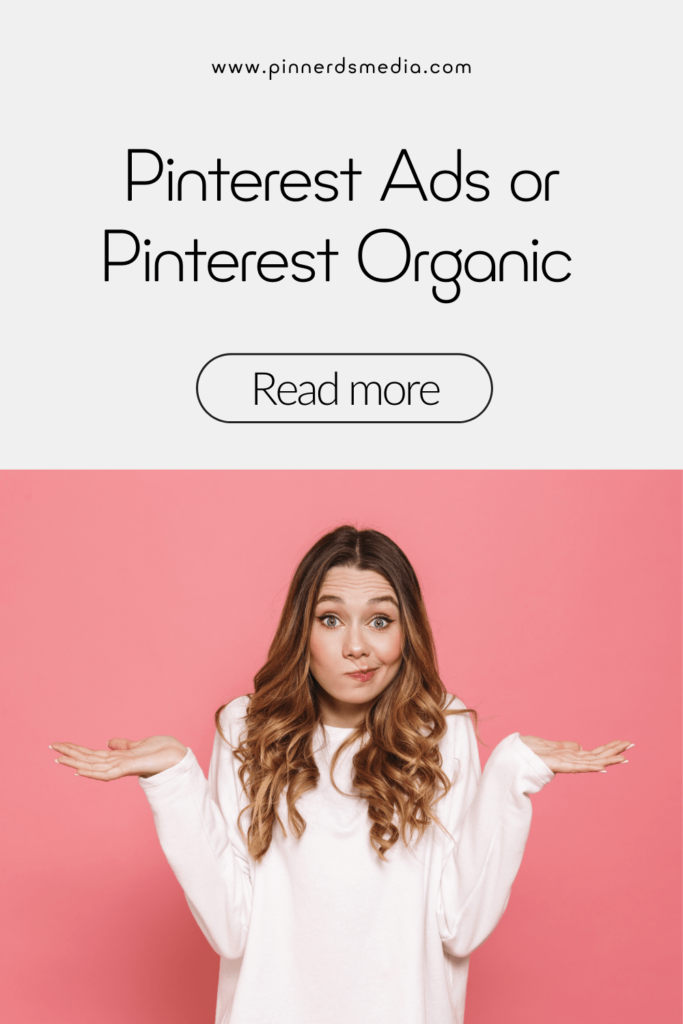
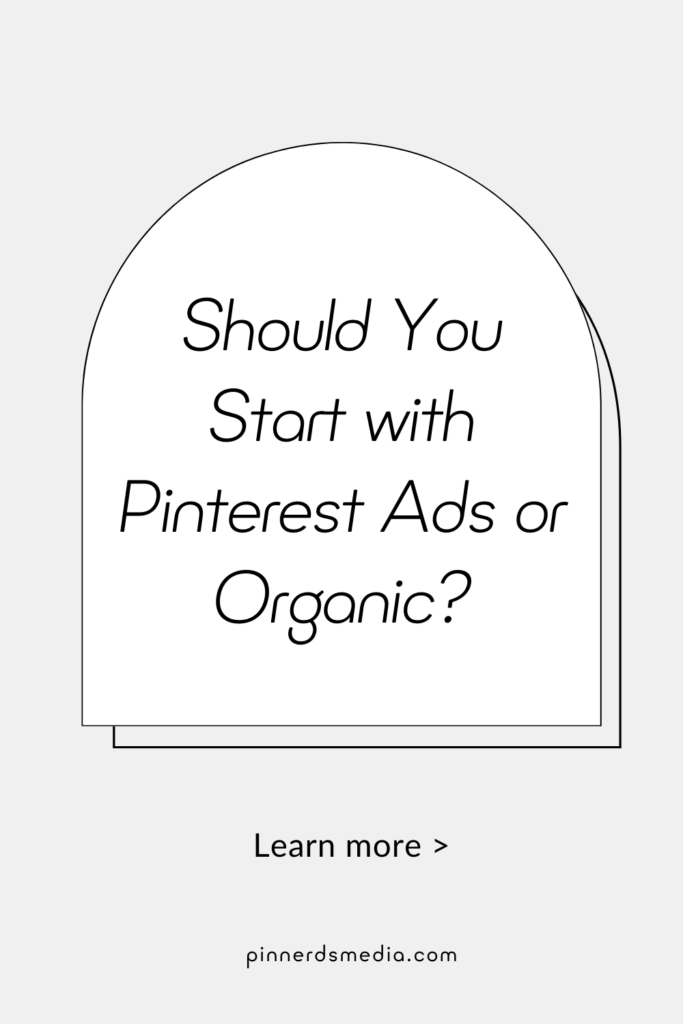

Rodney, a Pinterest marketing guru, initially ventured into the field to boost his wife’s cake business & blog. With his unique strategies, he tripled their page views in just 3 months. Now, he’s passionate about helping businesses harness the power of Pinterest. Off-duty, he’s a dessert aficionado!

